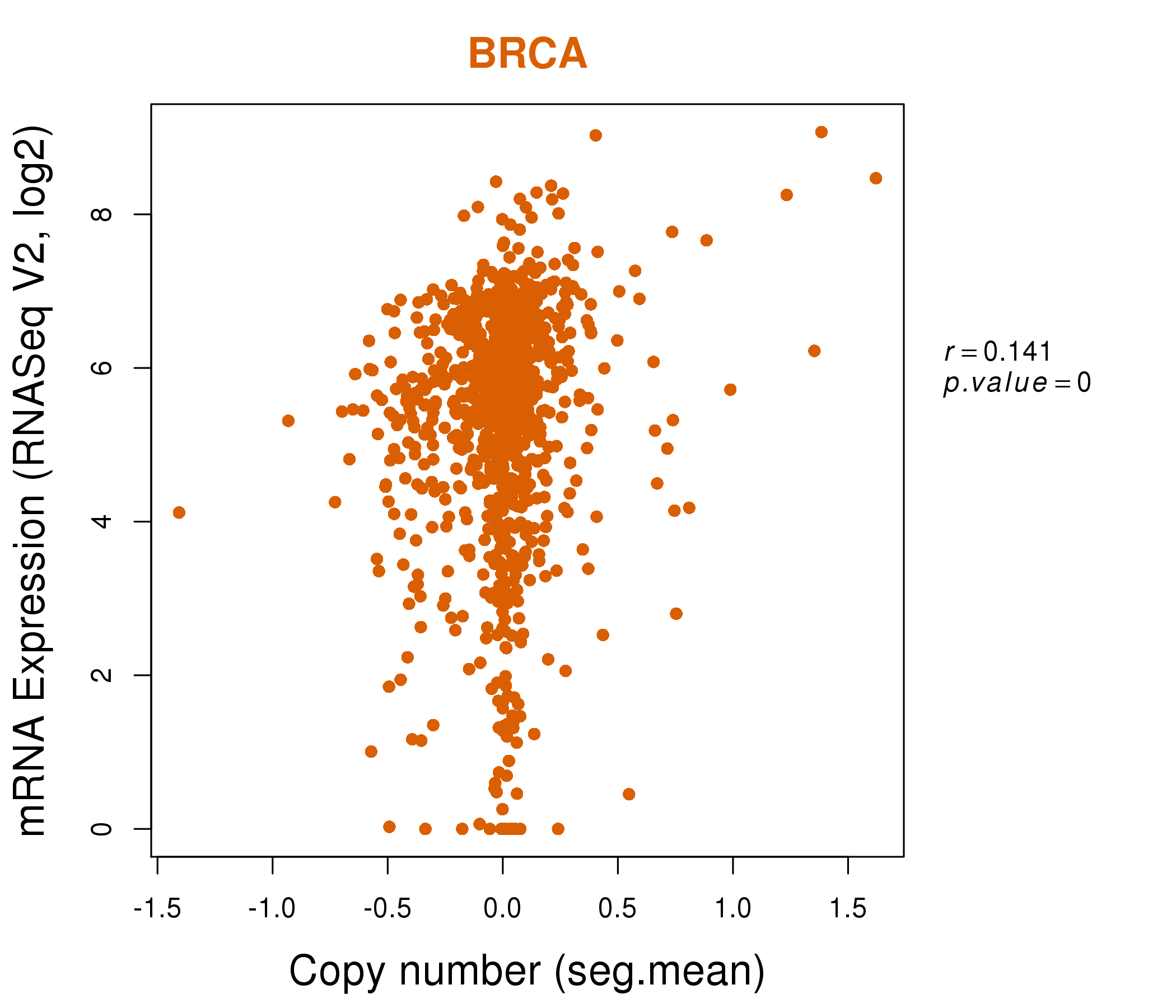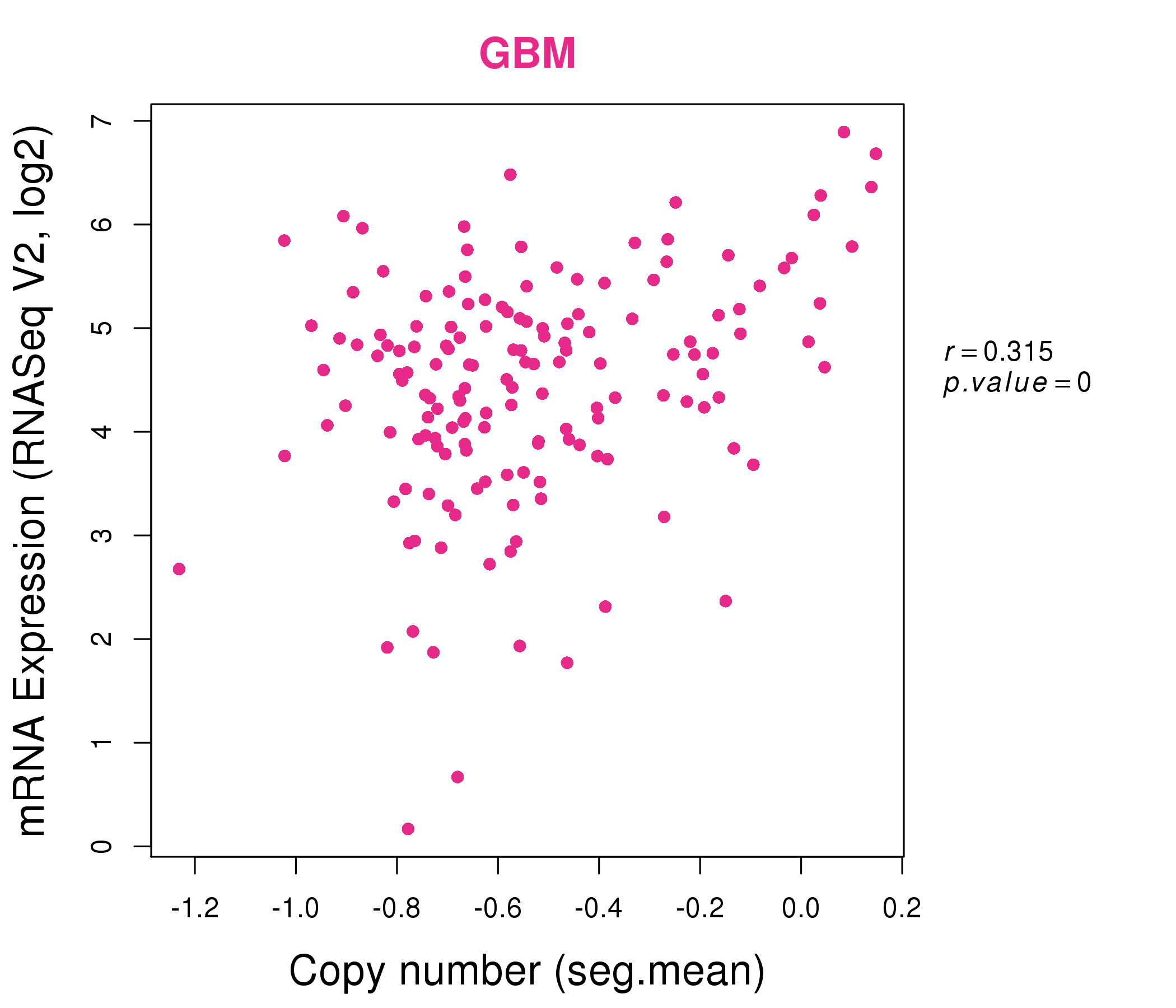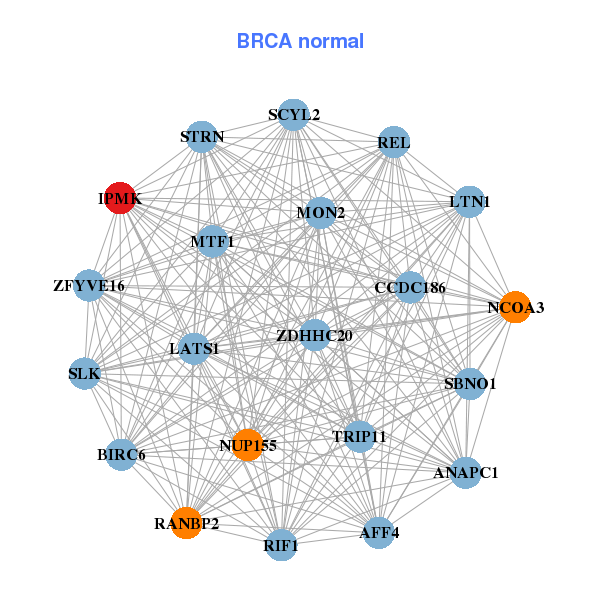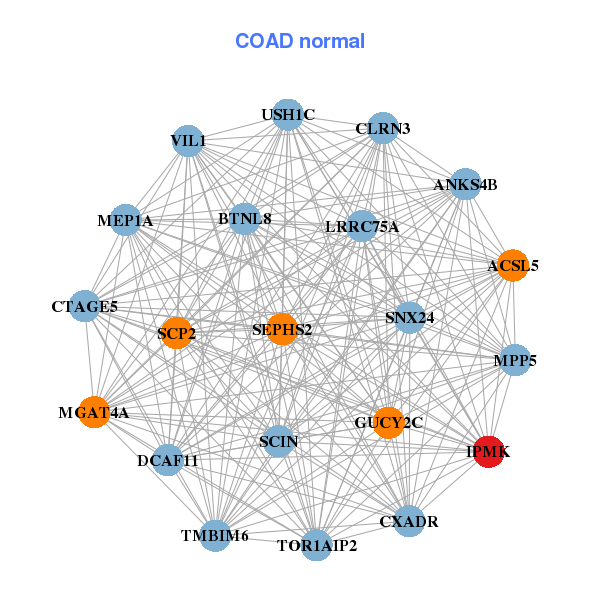|
||||||||||||||||||||||||||||||||||||||||||||||||||||||||||||||||||||||||||||||||||||||||||||||||||||||||||||||||||||||||||||||||||||||||||||||||||||||||||||||||||||||||||||||||||||||||||||||||||||||||||||||||||||||||||||||||||||||||||||||||||||||||||||||||||||||||||||||||||||||||||||||||||||||||||||||||||||||||||
| |
| Phenotypic Information (metabolism pathway, cancer, disease, phenome) |
| |
| |
| Gene-Gene Network Information: Co-Expression Network, Interacting Genes & KEGG |
| |
|
| Gene Summary for IPMK |
| Basic gene info. | Gene symbol | IPMK |
| Gene name | inositol polyphosphate multikinase | |
| Synonyms | - | |
| Cytomap | UCSC genome browser: 10q21.1 | |
| Genomic location | chr10 :59951277-60027694 | |
| Type of gene | protein-coding | |
| RefGenes | NM_152230.4, | |
| Ensembl id | ENSG00000151151 | |
| Description | inositol 1,3,4,6-tetrakisphosphate 5-kinase | |
| Modification date | 20141207 | |
| dbXrefs | MIM : 609851 | |
| HGNC : HGNC | ||
| Ensembl : ENSG00000151151 | ||
| HPRD : 17153 | ||
| Vega : OTTHUMG00000018268 | ||
| Protein | UniProt: go to UniProt's Cross Reference DB Table | |
| Expression | CleanEX: HS_IPMK | |
| BioGPS: 253430 | ||
| Gene Expression Atlas: ENSG00000151151 | ||
| The Human Protein Atlas: ENSG00000151151 | ||
| Pathway | NCI Pathway Interaction Database: IPMK | |
| KEGG: IPMK | ||
| REACTOME: IPMK | ||
| ConsensusPathDB | ||
| Pathway Commons: IPMK | ||
| Metabolism | MetaCyc: IPMK | |
| HUMANCyc: IPMK | ||
| Regulation | Ensembl's Regulation: ENSG00000151151 | |
| miRBase: chr10 :59,951,277-60,027,694 | ||
| TargetScan: NM_152230 | ||
| cisRED: ENSG00000151151 | ||
| Context | iHOP: IPMK | |
| cancer metabolism search in PubMed: IPMK | ||
| UCL Cancer Institute: IPMK | ||
| Assigned class in ccmGDB | C | |
| Top |
| Phenotypic Information for IPMK(metabolism pathway, cancer, disease, phenome) |
| Cancer | CGAP: IPMK |
| Familial Cancer Database: IPMK | |
| * This gene is included in those cancer gene databases. |
|
|
|
|
|
|
| ||||||||||||||||||||||||||||||||||||||||||||||||||||||||||||||||||||||||||||||||||||||||||||||||||||||||||||||||||||||||||||||||||||||||||||||||||||||||||||||||||||||||||||||||||||||||||||||||||||||||||||||||||||||||||||||||||||||||||||||||||||||||||||||||||||||||||||||||||||||||||||||||||||||||||||||||||||
Oncogene 1 | Significant driver gene in | |||||||||||||||||||||||||||||||||||||||||||||||||||||||||||||||||||||||||||||||||||||||||||||||||||||||||||||||||||||||||||||||||||||||||||||||||||||||||||||||||||||||||||||||||||||||||||||||||||||||||||||||||||||||||||||||||||||||||||||||||||||||||||||||||||||||||||||||||||||||||||||||||||||||||||||||||||||||||
| cf) number; DB name 1 Oncogene; http://nar.oxfordjournals.org/content/35/suppl_1/D721.long, 2 Tumor Suppressor gene; https://bioinfo.uth.edu/TSGene/, 3 Cancer Gene Census; http://www.nature.com/nrc/journal/v4/n3/abs/nrc1299.html, 4 CancerGenes; http://nar.oxfordjournals.org/content/35/suppl_1/D721.long, 5 Network of Cancer Gene; http://ncg.kcl.ac.uk/index.php, 1Therapeutic Vulnerabilities in Cancer; http://cbio.mskcc.org/cancergenomics/statius/ |
| KEGG_INOSITOL_PHOSPHATE_METABOLISM | |
| OMIM | |
| Orphanet | |
| Disease | KEGG Disease: IPMK |
| MedGen: IPMK (Human Medical Genetics with Condition) | |
| ClinVar: IPMK | |
| Phenotype | MGI: IPMK (International Mouse Phenotyping Consortium) |
| PhenomicDB: IPMK | |
| Mutations for IPMK |
| * Under tables are showing count per each tissue to give us broad intuition about tissue specific mutation patterns.You can go to the detailed page for each mutation database's web site. |
| - Statistics for Tissue and Mutation type | Top |
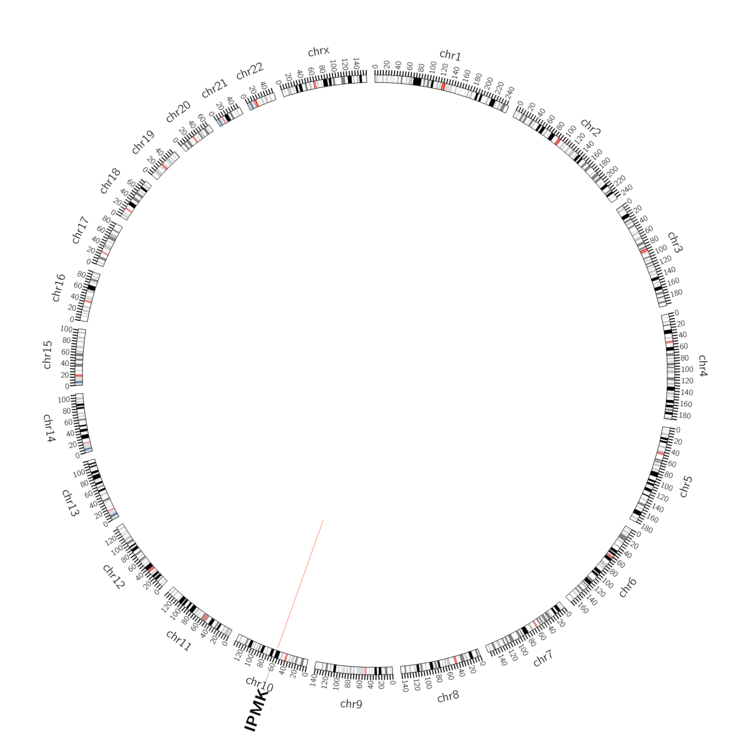 |
| - For Inter-chromosomal Variations |
| There's no inter-chromosomal structural variation. |
| - For Intra-chromosomal Variations |
| * Intra-chromosomal variantions includes 'intrachromosomal amplicon to amplicon', 'intrachromosomal amplicon to non-amplified dna', 'intrachromosomal deletion', 'intrachromosomal fold-back inversion', 'intrachromosomal inversion', 'intrachromosomal tandem duplication', 'Intrachromosomal unknown type', 'intrachromosomal with inverted orientation', 'intrachromosomal with non-inverted orientation'. |
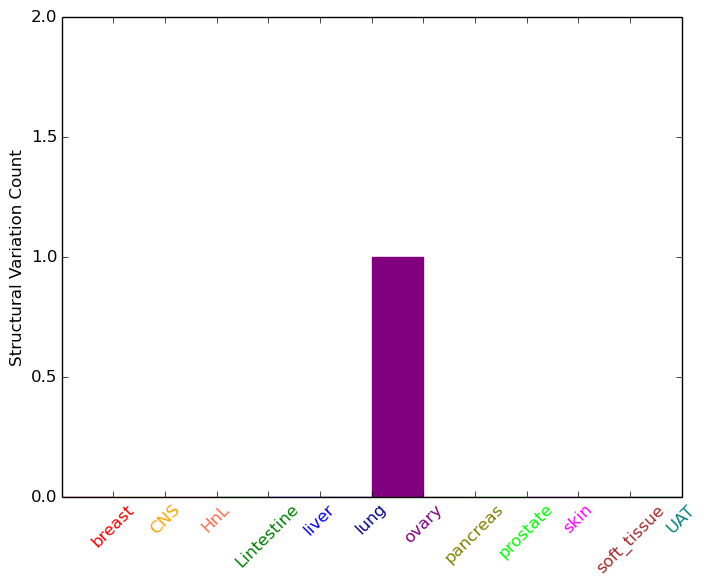 |
| Sample | Symbol_a | Chr_a | Start_a | End_a | Symbol_b | Chr_b | Start_b | End_b |
| ovary | IPMK | chr10 | 60014110 | 60014130 | IPMK | chr10 | 60014232 | 60014252 |
| cf) Tissue number; Tissue name (1;Breast, 2;Central_nervous_system, 3;Haematopoietic_and_lymphoid_tissue, 4;Large_intestine, 5;Liver, 6;Lung, 7;Ovary, 8;Pancreas, 9;Prostate, 10;Skin, 11;Soft_tissue, 12;Upper_aerodigestive_tract) |
| * From mRNA Sanger sequences, Chitars2.0 arranged chimeric transcripts. This table shows IPMK related fusion information. |
| ID | Head Gene | Tail Gene | Accession | Gene_a | qStart_a | qEnd_a | Chromosome_a | tStart_a | tEnd_a | Gene_a | qStart_a | qEnd_a | Chromosome_a | tStart_a | tEnd_a |
| Top |
| Mutation type/ Tissue ID | brca | cns | cerv | endome | haematopo | kidn | Lintest | liver | lung | ns | ovary | pancre | prost | skin | stoma | thyro | urina | |||
| Total # sample | 1 | |||||||||||||||||||
| GAIN (# sample) | ||||||||||||||||||||
| LOSS (# sample) | 1 |
| cf) Tissue ID; Tissue type (1; Breast, 2; Central_nervous_system, 3; Cervix, 4; Endometrium, 5; Haematopoietic_and_lymphoid_tissue, 6; Kidney, 7; Large_intestine, 8; Liver, 9; Lung, 10; NS, 11; Ovary, 12; Pancreas, 13; Prostate, 14; Skin, 15; Stomach, 16; Thyroid, 17; Urinary_tract) |
| Top |
|
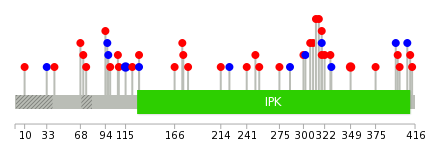 |
| Top |
| Stat. for Non-Synonymous SNVs (# total SNVs=33) | (# total SNVs=13) |
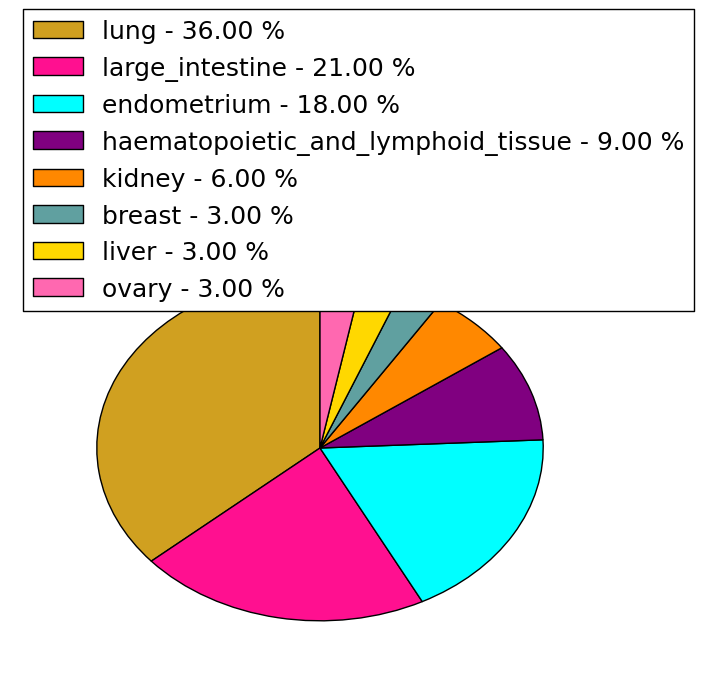 | 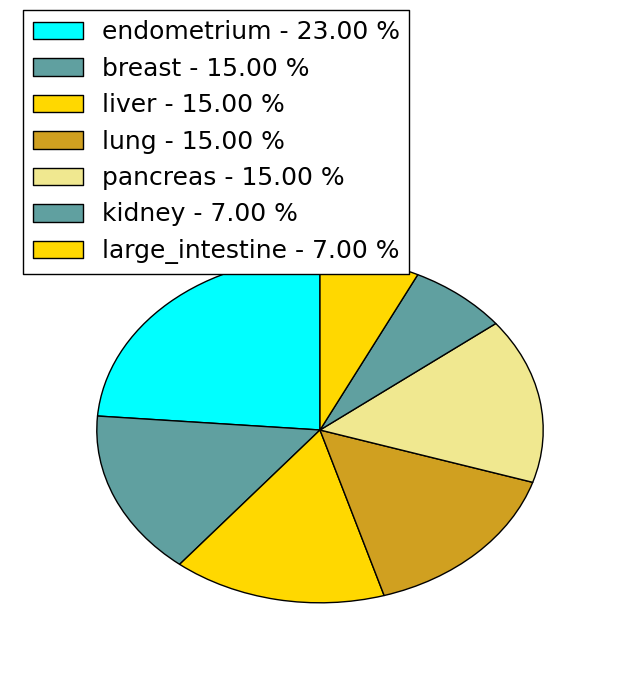 |
(# total SNVs=2) | (# total SNVs=0) |
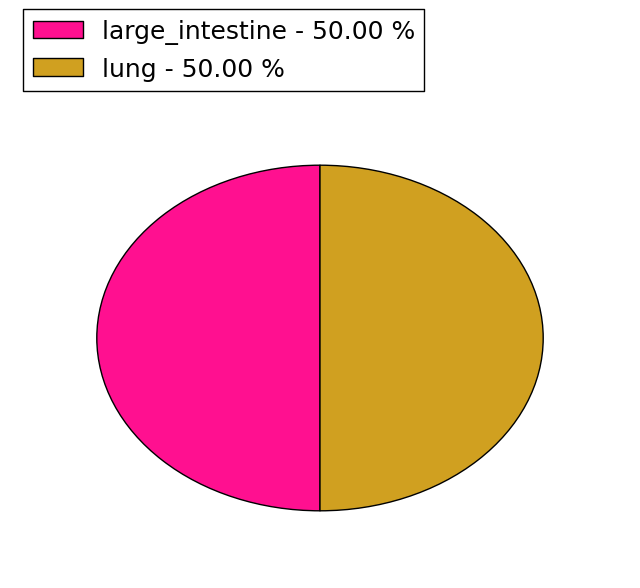 |
| Top |
| * When you move the cursor on each content, you can see more deailed mutation information on the Tooltip. Those are primary_site,primary_histology,mutation(aa),pubmedID. |
| GRCh37 position | Mutation(aa) | Unique sampleID count |
| chr10:59956132-59956132 | p.A319V | 2 |
| chr10:59986832-59986832 | p.G115G | 2 |
| chr10:59956041-59956041 | p.M349I | 2 |
| chr10:59955857-59955857 | p.R411* | 1 |
| chr10:59975954-59975954 | p.S166R | 1 |
| chr10:59986896-59986896 | p.Y94S | 1 |
| chr10:59956104-59956104 | p.K328N | 1 |
| chr10:59956230-59956230 | p.T286T | 1 |
| chr10:59955864-59955864 | p.S408S | 1 |
| chr10:59976065-59976065 | p.K129K | 1 |
| Top |
|
 |
| Point Mutation/ Tissue ID | 1 | 2 | 3 | 4 | 5 | 6 | 7 | 8 | 9 | 10 | 11 | 12 | 13 | 14 | 15 | 16 | 17 | 18 | 19 | 20 |
| # sample | 2 | 1 | 3 | 4 | 1 | 9 | 4 | 1 | 1 | 2 | 1 | 8 | ||||||||
| # mutation | 2 | 1 | 3 | 4 | 1 | 10 | 4 | 1 | 1 | 2 | 1 | 8 | ||||||||
| nonsynonymous SNV | 1 | 1 | 2 | 2 | 8 | 3 | 1 | 1 | 2 | 1 | 5 | |||||||||
| synonymous SNV | 1 | 1 | 2 | 1 | 2 | 1 | 3 |
| cf) Tissue ID; Tissue type (1; BLCA[Bladder Urothelial Carcinoma], 2; BRCA[Breast invasive carcinoma], 3; CESC[Cervical squamous cell carcinoma and endocervical adenocarcinoma], 4; COAD[Colon adenocarcinoma], 5; GBM[Glioblastoma multiforme], 6; Glioma Low Grade, 7; HNSC[Head and Neck squamous cell carcinoma], 8; KICH[Kidney Chromophobe], 9; KIRC[Kidney renal clear cell carcinoma], 10; KIRP[Kidney renal papillary cell carcinoma], 11; LAML[Acute Myeloid Leukemia], 12; LUAD[Lung adenocarcinoma], 13; LUSC[Lung squamous cell carcinoma], 14; OV[Ovarian serous cystadenocarcinoma ], 15; PAAD[Pancreatic adenocarcinoma], 16; PRAD[Prostate adenocarcinoma], 17; SKCM[Skin Cutaneous Melanoma], 18:STAD[Stomach adenocarcinoma], 19:THCA[Thyroid carcinoma], 20:UCEC[Uterine Corpus Endometrial Carcinoma]) |
| Top |
| * We represented just top 10 SNVs. When you move the cursor on each content, you can see more deailed mutation information on the Tooltip. Those are primary_site, primary_histology, mutation(aa), pubmedID. |
| Genomic Position | Mutation(aa) | Unique sampleID count |
| chr10:59955900 | p.L43V | 1 |
| chr10:59997515 | p.D385G | 1 |
| chr10:59956169 | p.I174V | 1 |
| chr10:59976032 | p.P33P | 1 |
| chr10:59955916 | p.E375K | 1 |
| chr10:59997544 | p.P169Q | 1 |
| chr10:59956189 | p.R10W | 1 |
| chr10:59976065 | p.H329H | 1 |
| chr10:59955934 | p.S166R | 1 |
| chr10:60027245 | p.Y325Y | 1 |
| * Copy number data were extracted from TCGA using R package TCGA-Assembler. The URLs of all public data files on TCGA DCC data server were gathered on Jan-05-2015. Function ProcessCNAData in TCGA-Assembler package was used to obtain gene-level copy number value which is calculated as the average copy number of the genomic region of a gene. |
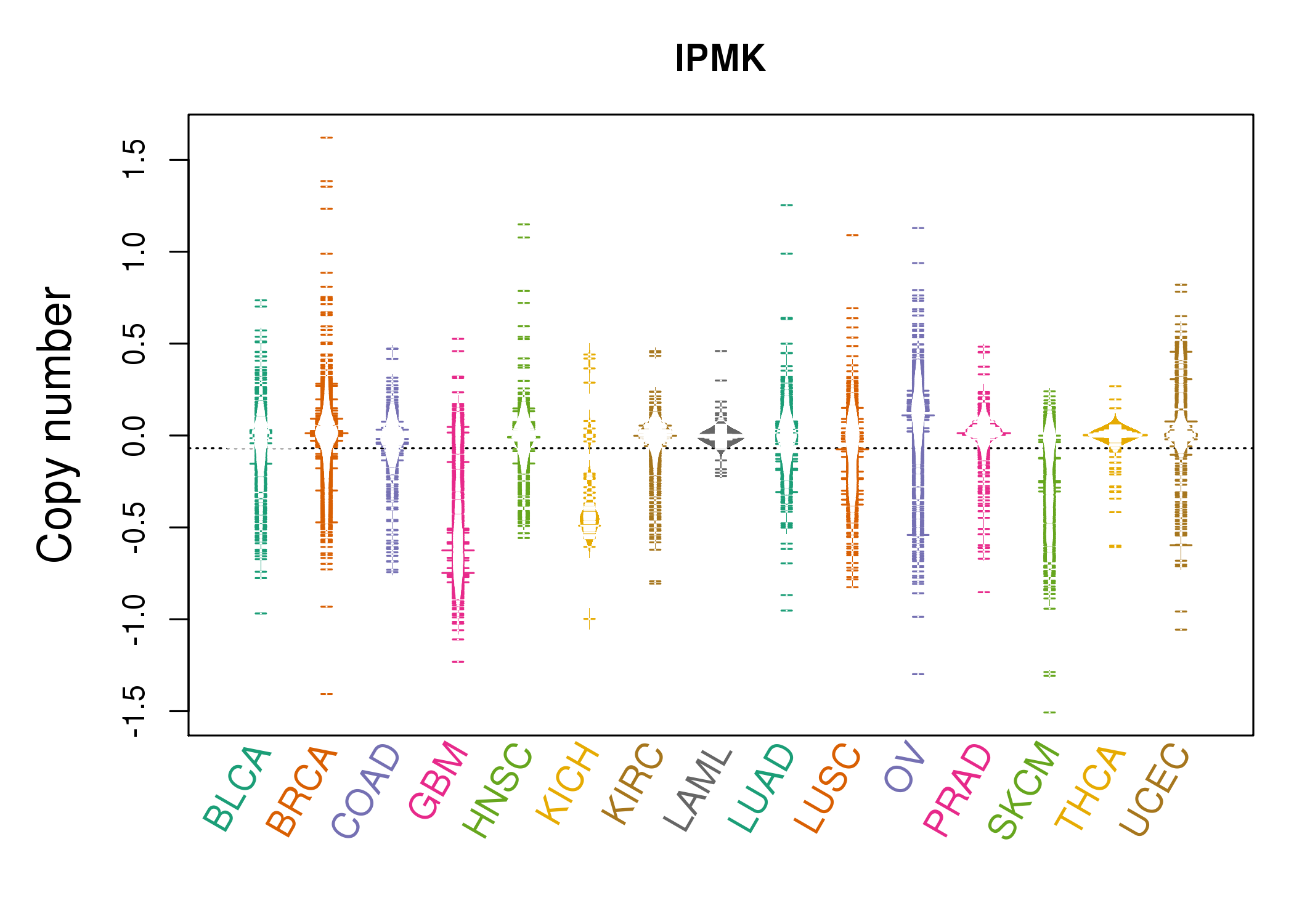 |
| cf) Tissue ID[Tissue type]: BLCA[Bladder Urothelial Carcinoma], BRCA[Breast invasive carcinoma], CESC[Cervical squamous cell carcinoma and endocervical adenocarcinoma], COAD[Colon adenocarcinoma], GBM[Glioblastoma multiforme], Glioma Low Grade, HNSC[Head and Neck squamous cell carcinoma], KICH[Kidney Chromophobe], KIRC[Kidney renal clear cell carcinoma], KIRP[Kidney renal papillary cell carcinoma], LAML[Acute Myeloid Leukemia], LUAD[Lung adenocarcinoma], LUSC[Lung squamous cell carcinoma], OV[Ovarian serous cystadenocarcinoma ], PAAD[Pancreatic adenocarcinoma], PRAD[Prostate adenocarcinoma], SKCM[Skin Cutaneous Melanoma], STAD[Stomach adenocarcinoma], THCA[Thyroid carcinoma], UCEC[Uterine Corpus Endometrial Carcinoma] |
| Top |
| Gene Expression for IPMK |
| * CCLE gene expression data were extracted from CCLE_Expression_Entrez_2012-10-18.res: Gene-centric RMA-normalized mRNA expression data. |
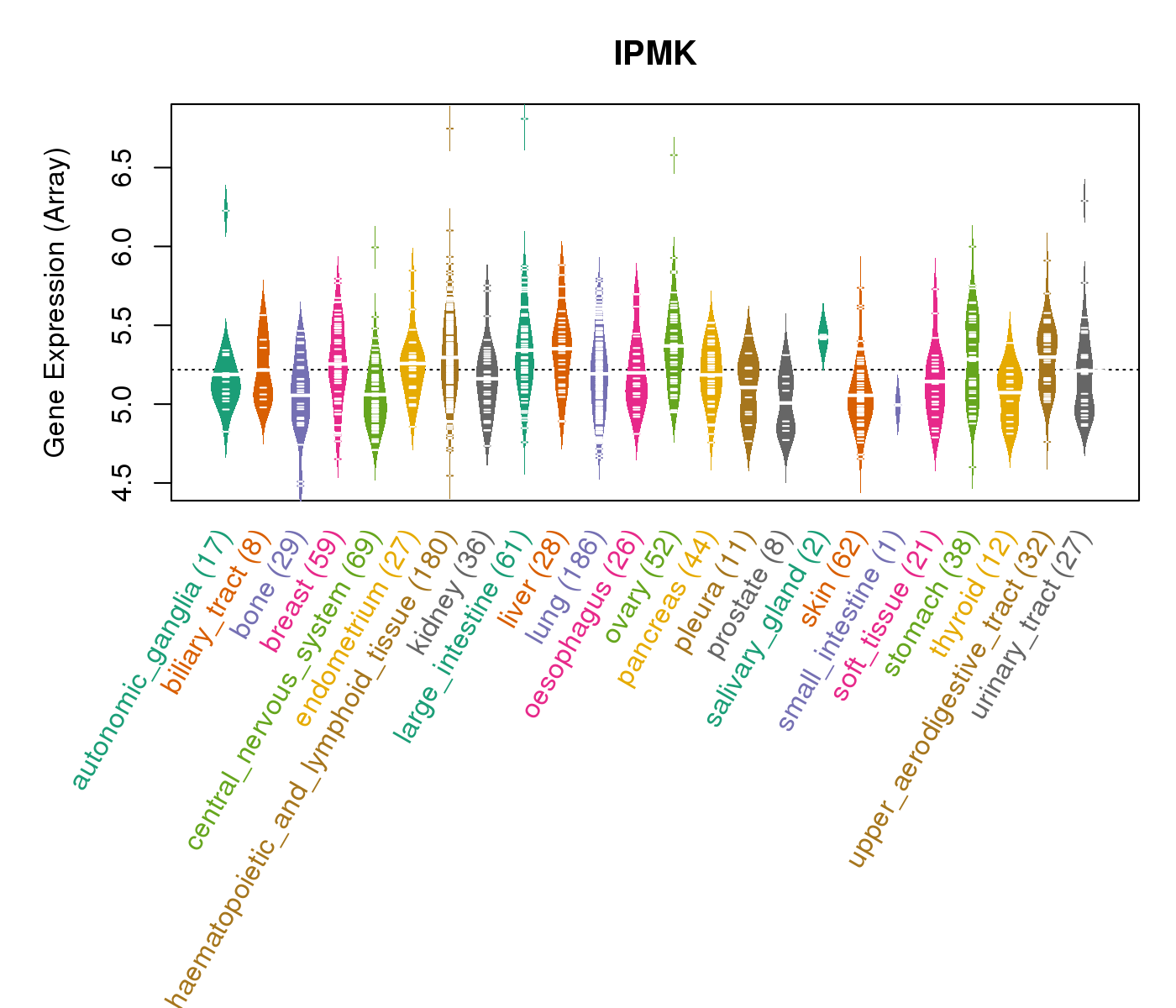 |
| * Normalized gene expression data of RNASeqV2 was extracted from TCGA using R package TCGA-Assembler. The URLs of all public data files on TCGA DCC data server were gathered at Jan-05-2015. Only eight cancer types have enough normal control samples for differential expression analysis. (t test, adjusted p<0.05 (using Benjamini-Hochberg FDR)) |
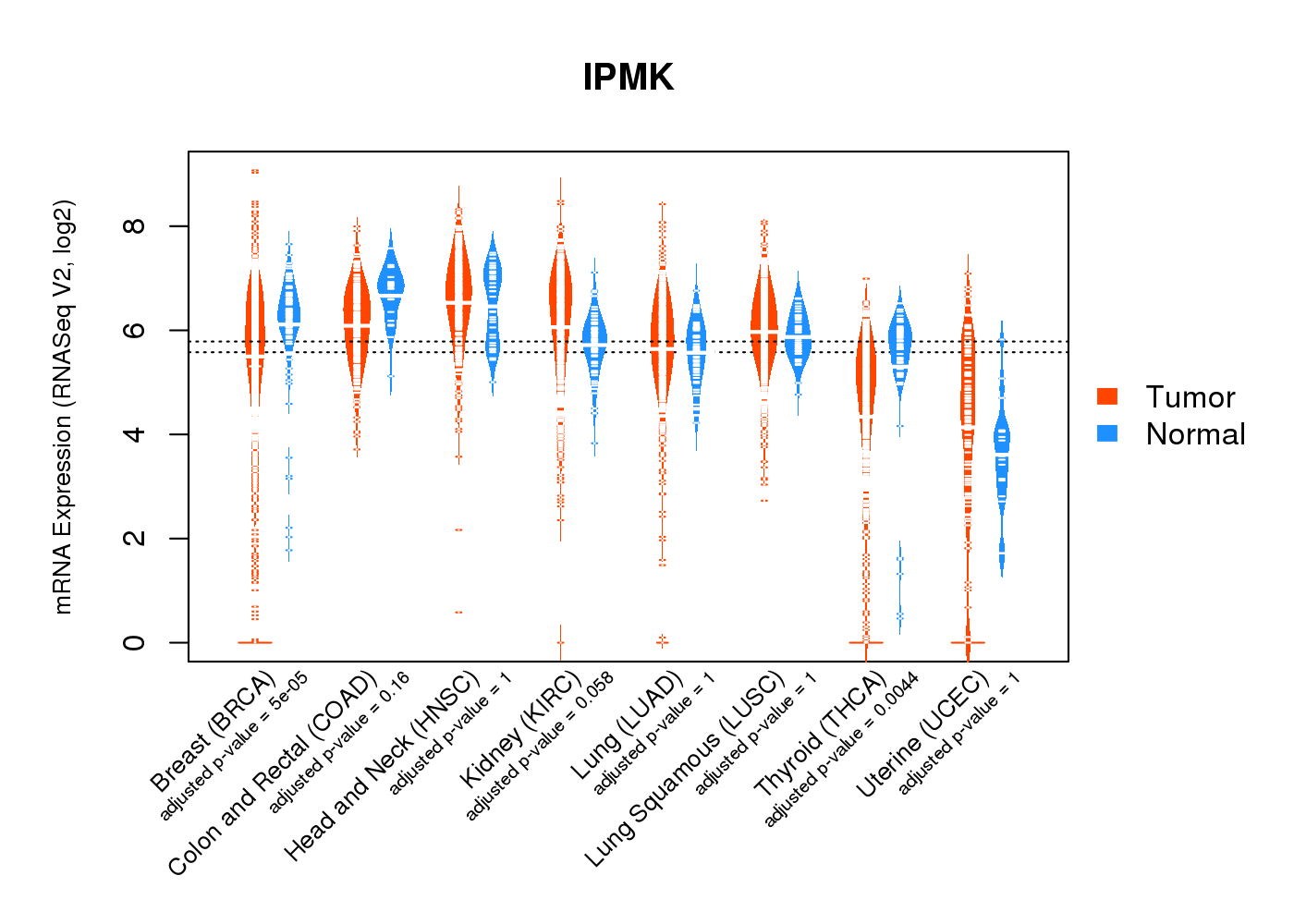 |
| Top |
| * This plots show the correlation between CNV and gene expression. |
: Open all plots for all cancer types
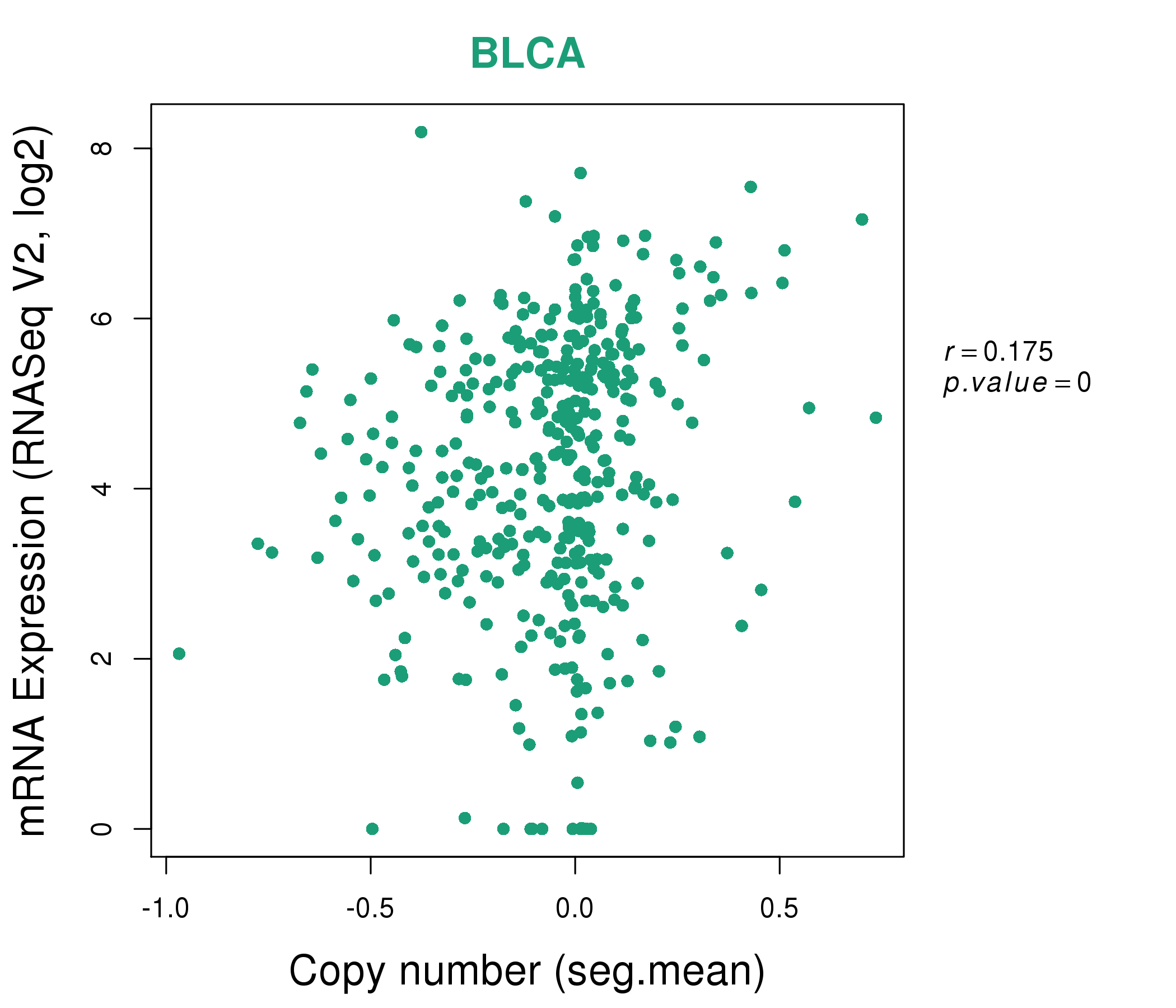 |
|
 |
|
| Top |
| Gene-Gene Network Information |
| * Co-Expression network figures were drawn using R package igraph. Only the top 20 genes with the highest correlations were shown. Red circle: input gene, orange circle: cell metabolism gene, sky circle: other gene |
: Open all plots for all cancer types
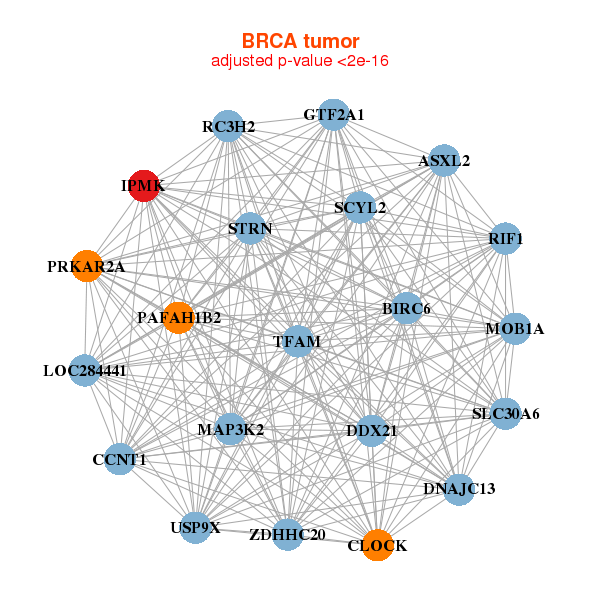 |
|
| ASXL2,BIRC6,CCNT1,CLOCK,DDX21,DNAJC13,GTF2A1, IPMK,LOC284441,MAP3K2,MOB1A,PAFAH1B2,PRKAR2A,RC3H2, RIF1,SCYL2,SLC30A6,STRN,TFAM,USP9X,ZDHHC20 | AFF4,ANAPC1,BIRC6,CCDC186,IPMK,LATS1,MON2, MTF1,NCOA3,NUP155,RANBP2,REL,RIF1,LTN1, SBNO1,SCYL2,SLK,STRN,TRIP11,ZDHHC20,ZFYVE16 |
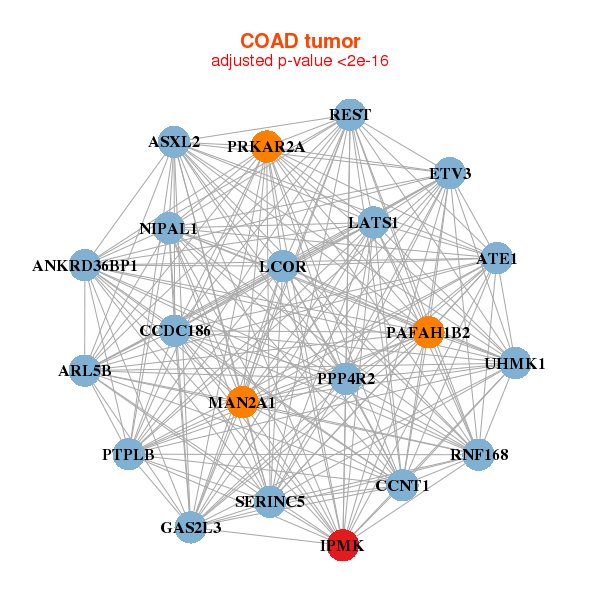 |
|
| ANKRD36BP1,ARL5B,ASXL2,ATE1,CCDC186,CCNT1,ETV3, GAS2L3,IPMK,LATS1,LCOR,MAN2A1,NIPAL1,PAFAH1B2, PPP4R2,PRKAR2A,PTPLB,REST,RNF168,SERINC5,UHMK1 | ACSL5,ANKS4B,BTNL8,LRRC75A,CLRN3,CTAGE5,CXADR, DCAF11,GUCY2C,IPMK,MEP1A,MGAT4A,MPP5,SCIN, SCP2,SEPHS2,SNX24,TMBIM6,TOR1AIP2,USH1C,VIL1 |
| * Co-Expression network figures were drawn using R package igraph. Only the top 20 genes with the highest correlations were shown. Red circle: input gene, orange circle: cell metabolism gene, sky circle: other gene |
: Open all plots for all cancer types
| Top |
: Open all interacting genes' information including KEGG pathway for all interacting genes from DAVID
| Top |
| Pharmacological Information for IPMK |
| There's no related Drug. |
| Top |
| Cross referenced IDs for IPMK |
| * We obtained these cross-references from Uniprot database. It covers 150 different DBs, 18 categories. http://www.uniprot.org/help/cross_references_section |
: Open all cross reference information
|
Copyright © 2016-Present - The Univsersity of Texas Health Science Center at Houston @ |






